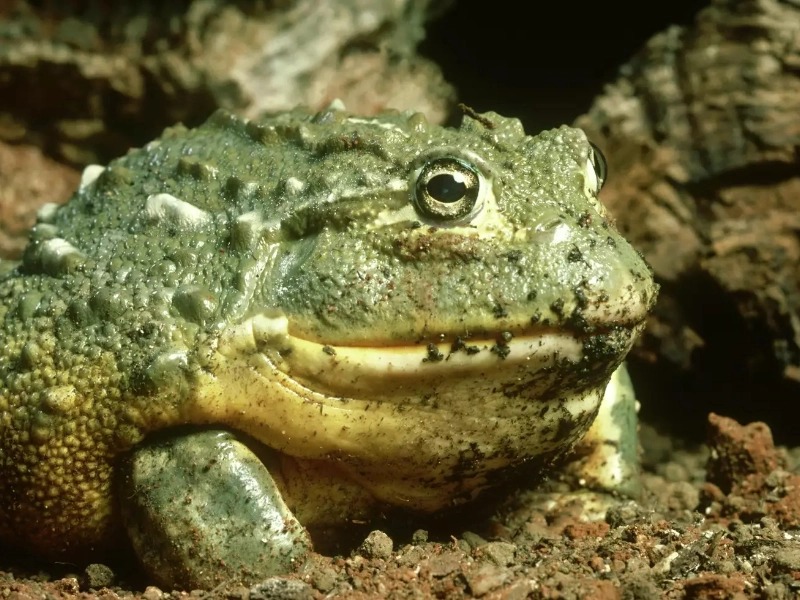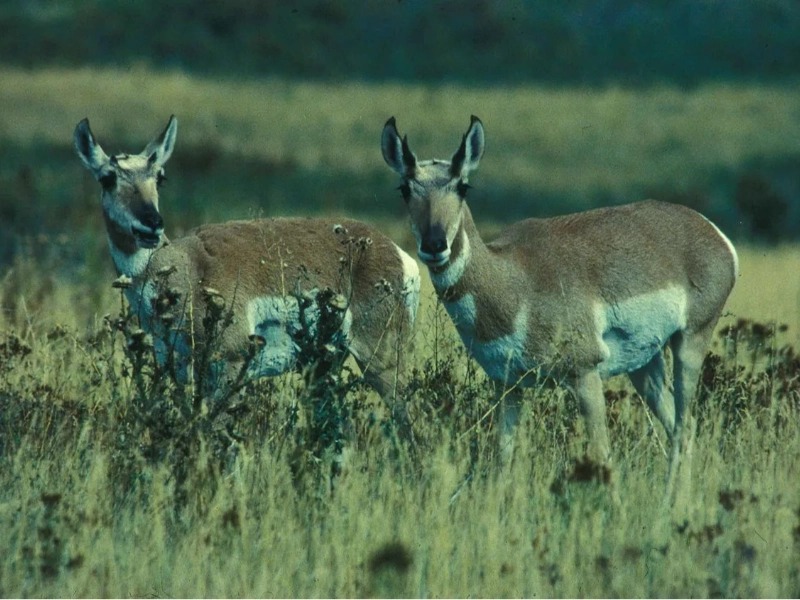
17 Animals Amazingly Adapted to Thrive in Deserts
By • Last Updated9. Sonoran Pronghorn

The Sonoran pronghorn (Antilocapra americana sonoriensis) is a unique subspecies that has adapted to thrive in the challenging conditions of the Sonoran Desert in North America. Known for being one of the fastest land animals on the continent, the Sonoran pronghorn also boasts remarkable adaptations that allow it to endure one of the hottest and driest regions in North America. With wild populations dwindling to around 200 individuals, conservation efforts are crucial to ensure the survival of this iconic species.
One of the pronghorn’s most impressive adaptations is its ability to withstand extreme temperatures. They possess specialized physiological traits that enable them to endure the desert’s intense heat. For instance, their hollow hairs trap warmth, providing insulation against the cold during chilly nights. Conversely, they can raise areas of their fur to release stored heat, effectively cooling themselves during the scorching afternoon sun. This remarkable thermoregulation is vital for survival in an environment characterized by significant temperature fluctuations.
In terms of diet, the Sonoran pronghorn is highly adaptable, capable of consuming a wide variety of plant materials. Unlike many other herbivores that shy away from tough, dry grasses and prickly cacti, the pronghorn can digest these challenging foods. Their teeth are specially adapted with high crowns to handle abrasive materials, allowing them to extract maximum nutrients from their demanding diet. Additionally, their four-chambered stomach aids in breaking down fibrous plant matter, optimizing nutritional absorption.
Water conservation is another critical aspect of the Sonoran pronghorn’s adaptations. These animals primarily rely on the moisture content of the plants they consume, enabling them to go without water for extended periods. In the arid desert climate, where water sources are scarce, this ability to derive hydration from their food is essential for survival. Despite the challenges posed by climate change, their impressive adaptations allow them to thrive even during prolonged droughts.
Socially, male Sonoran pronghorns establish territories and compete for breeding rights, while females often form small groups with their young. During the breeding season, males showcase their remarkable speed and endurance in displays of power and agility to attract females. This social structure is vital for maintaining genetic diversity within the population, which is crucial for the long-term survival of the species.
Overall, the Sonoran pronghorn exemplifies adaptation to desert life. Its extraordinary speed, temperature regulation, and dietary flexibility highlight its resilience in one of the harshest habitats on Earth. Understanding these specific adaptations will be essential for ensuring the survival of the Sonoran pronghorn and preserving the fragile ecosystems it inhabits, especially as conservation initiatives continue to focus on protecting this species and its environment.